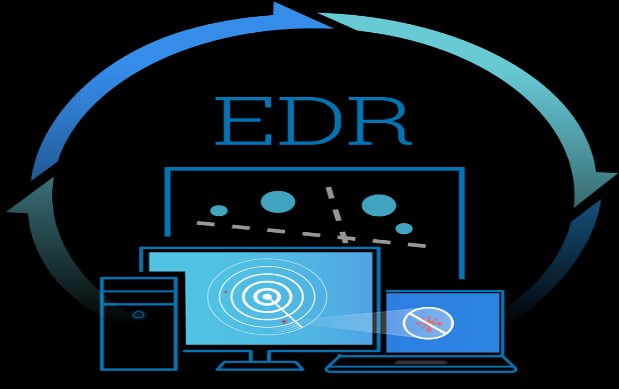Cybercriminals use brand-new techniques and technologies to attack your business data and privacy. After the pandemic, most enterprises shifted to remote work culture. Many employees are connected to their network from home or other places.
These endpoints became an easy target for threat actors; they started infecting endpoints and caused huge financial losses. It is important to protect your endpoints and run some security solutions on them to detect threats.
If you don’t monitor your endpoints, bad actors exploit their vulnerabilities, and many times they put you out of business. Let’s continue reading and understanding:
Why is End Point Detection Important?
Before I tell you all about the importance of endpoint protection and detection, it’s vital to know some basic details of the endpoint.
What is an End point?It is a physical remote device that can communicate back and forth to your business network. Some examples of endpoints include laptops, tablets, desktops, smartphones, servers, and IoT devices.

Every business network is connected to various endpoints, and when it comes to detecting threats on them then, you need to rely on different security solutions such as:
EPPIt stands for Endpoint Protection platform. It is a security solution designed to stop file-based malware attacks on your endpoints. It can help you detect malicious activities while letting you remediate and investigate an attack. Your team can respond to a security incident efficiently through this system.
EDRIt stands for Endpoint Detection and Response. Once you deploy it on your endpoint. It continuously monitors all the activities and behavior. This software lets you identify, prevent, and respond to file-based and file-less malware attacks on your system. It is an evolution of EPP because it helps your team identify known and unknown threats lurking around your network.
Why is End Point Detection Important?
It is essential to secure your endpoints; otherwise, you will be exposed to the following threats.
Phishing AttackIf your employee mistakenly opens an email or clicks on a link containing a malicious file, this mistake can cost you a lot. Many types of phishing attacks include domain spoofing, email phishing, CEO Fraud, spear phishing, Evil twin, Whaling, and many more.
You need to educate your employee about these attacks because if you don’t, you get exposed to multiple adverse effects such as reputational damage, intellectual property loss, financial loss, and operational activity disruptions.
Do you know that 60% of small businesses went out after six months of falling victim to a cyber attack?
The fact is that Large enterprises can handle these losses somehow, but the real problem is that small businesses can’t handle such incidents. Thereby some irreparable repercussions cause them to shut down their businesses.
RansomwareAnother common threat that most businesses face these days is Ransomware. It’s when cybercriminals take control of your important business file and data or lock your system until you pay them a huge ransom. You lose your most important data if you don’t pay the ransom. It could be your trade secrets, confidential information, or financial data.
Do you know the cost of brach due to Ransomware was $4.45 million in 2022?
If you don’t protect your endpoint and detect Ransomware through EDR, your business may become a victim of Ransomware. As a result, you need to pay a huge cost for Ransomware.
But it’s not the only bad thing about an attack. If your business experience this attack, you need to report it, and most probably, you will pay a regulatory fine because you put your customer data and privacy at risk. It means your organization will experience reputation damage and loss of loyal customers.
Malware AttacksMalware takes many different forms, and it’s hard to predict the main intention of cybercriminals. Most threat actors get control over your system to steal trade secrets. Now imagine your enterprise is attacked by malware, and they uncover your trade secrets and make them public. It’s the worst-case scenario that forces businesses to shut down their operation.
Dealing with a malware attack will halt your normal business operation for weeks and even months. Normally, it will take your security team 180 days to detect and stop a malware attack. Can you imagine disrupting your work for half a year? Of course not.
Final Thoughts: Why is End Point Detection Important?
Your organization needs to secure your endpoint and detect potential threats. Once you identify threats on time and you can prevent them on time. Instead of reacting to a threat, it’s always good to employ a proactive cybersecurity approach such as Xcitium EDR that helps you identify, prevent, and respond to advanced threats on all endpoints and avoid the cost of a data breach.